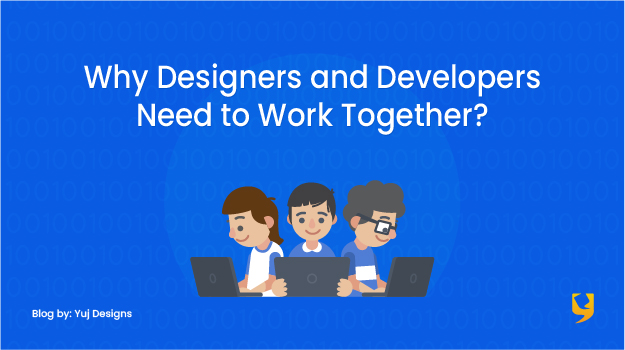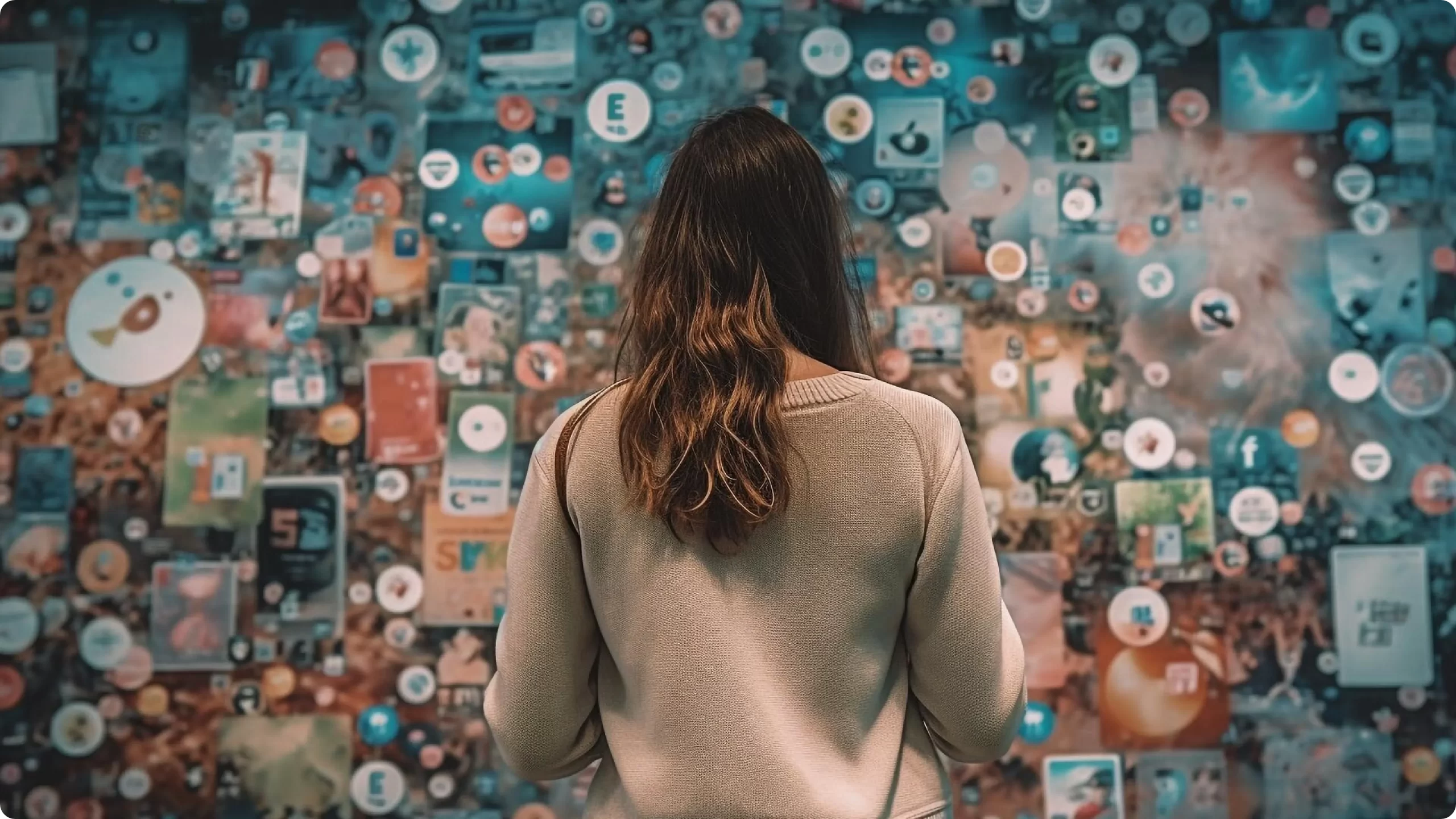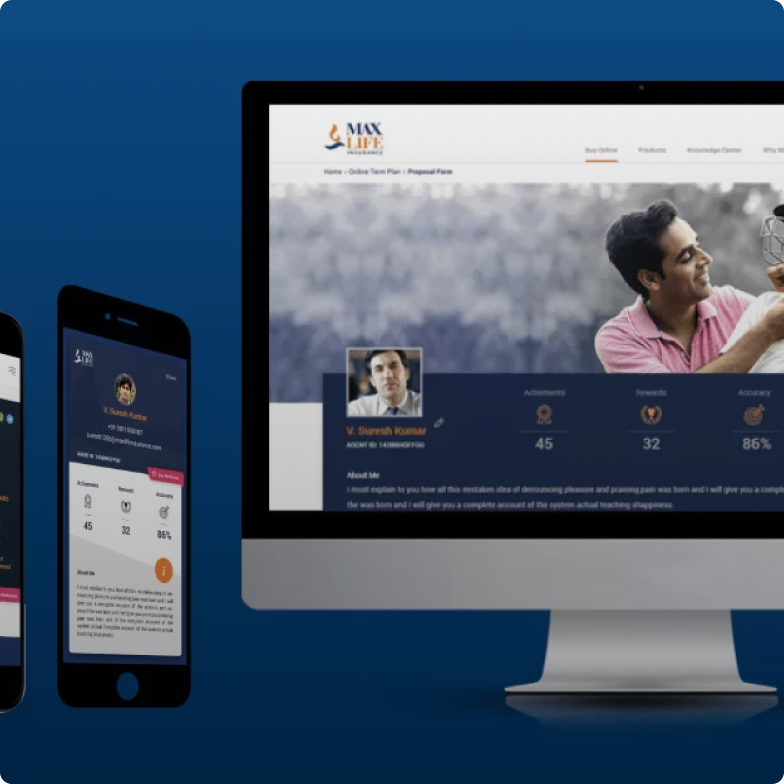
One of the most challenging aspects of running a process, any process and not just a design process, is to get people from different stages of the process to work together. The output of one set of people involved in one stage is the input for the next. In an extensively mechanical process, typical to a manufacturing unit, there is perhaps a lesser need for people to interact with people from other stages of the process. In fact, in some cases where input and output specs are defined and measured to precision, compartmentalization might work best.It does benefit the overall outcome if everyone, irrespective of what stage of the process they are involved in, is aware of and inspired by the ultimate product they are helping produce. A shared vision so to speak. But by and large, in a machine-intensive process, working together need not mean actually interacting with each other. On the other hand, in domains that employ mind-intensive processes, such as in a design firm, the quality of interaction between people directly impacts the ultimate outcome.
It is interesting to note that by its nature, a process in a mind-intensive domain, delivers incremental value at every stage. Or at least it is supposed to. As opposed to a machine-intensive domain, where each stage in the process takes the product closer to a usable outcome. Any meaningful increment in value at every stage of a process can be achieved if and only if people responsible for a particular stage also understand the preceding and succeeding stage of the process.
Just like in pre-1960s advertising, the art and copy departments remained poles apart, often misunderstanding each other’s roles, the design and development functions have had their share of separateness. Depending on the foot a design engagement begins on, either design or development gets to kick off the project, leaving the other function to fill in the blanks later. More often than not, the result of such a sequential process in design, is a lot of retro-fitting by the function coming in later, often necessitating rework, and an outcome that is sub-optimized. In mature design organizations, everyone in the team, across functions, builds empathy for each other’s work, beyond merely understanding what they need from each other.
Irrespective of the scale of a project, design is a very intimate process. It is really about people creating solutions or opportunities for other people. The best way such a process can add value at each stage is when designers and developers have quality interactions right from the time a project’s spec is defined.
Here is an article you might be interested in.What separates designers from other professions?
Amplify your brand presence with the best UX design studio that truly aligns your needs with those of your consumers! Get in touch with us at YUJ Designs, today!






